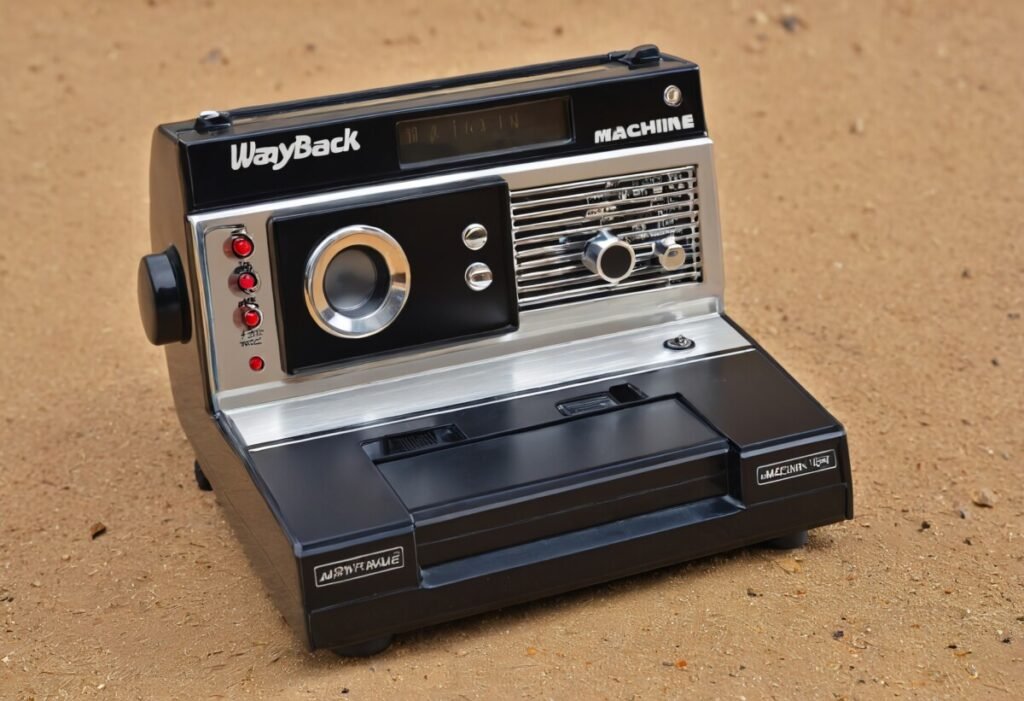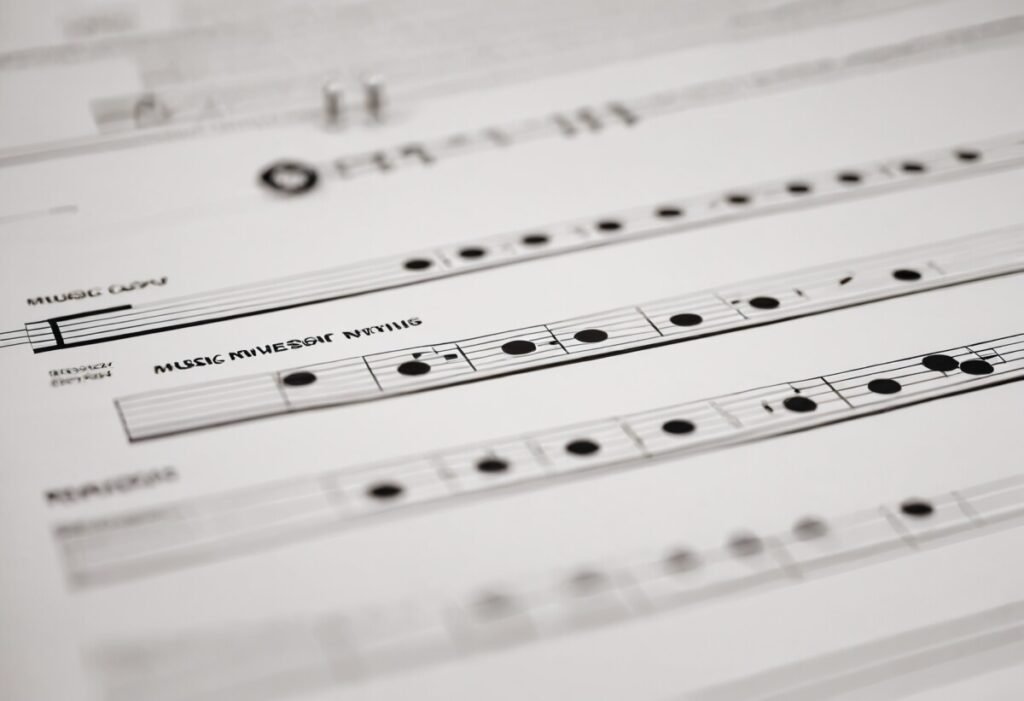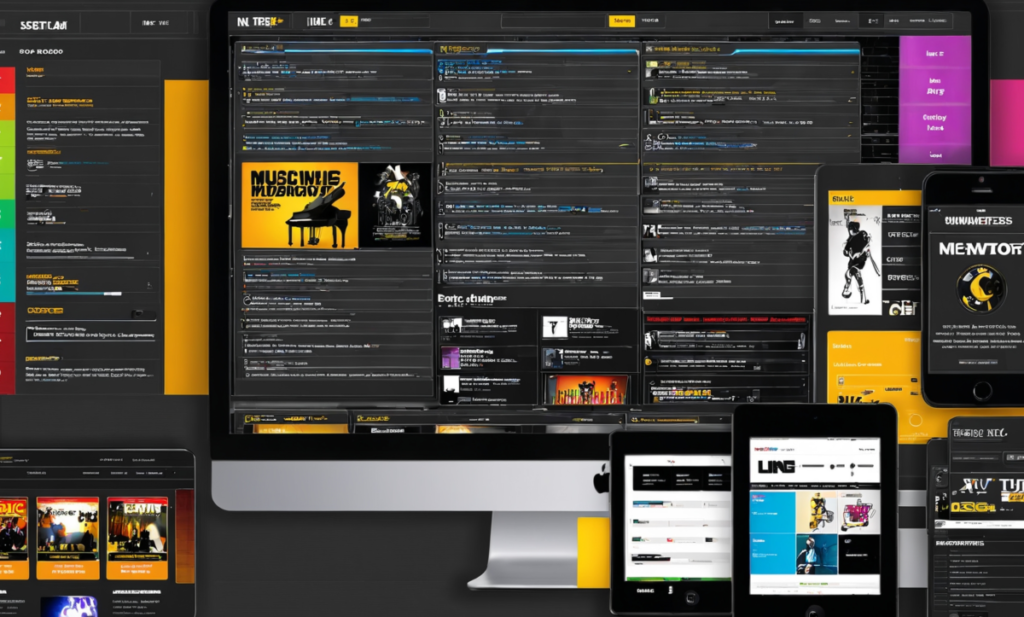Common Be Wayback Machine Manimusic
1. Introduction to the Wayback Machine
– Overview of the Wayback Machine as a tool for archiving websites.
– Importance of digital preservation in the music industry.
– What is Manimusic (or the specific context related to this term)?
2. Preserving Early Websites of Music Artists
– The Wayback Machine’s role in capturing the websites of famous musicians.
– Case studies of archived artist websites (Manimusic as an example).
– Importance of accessing historical music content.
3. Saving Defunct Music Platforms
– How the Wayback Machine has preserved music-sharing platforms like MySpace.
– The role of archived music blogs in preserving cultural music movements.
– Manimusic or similar platforms and their archived versions.
4. Archiving Online Music Communities
– Preservation of music-related forums and fan communities.
– How archived discussions capture the evolution of fan culture and trends.
– Examples of preserved Manimusic fan groups (if applicable).
5. Music Distribution Evolution: Archived Stores and Platforms
– Early online music stores, streaming services, and how the Wayback Machine preserves their legacy.
– The transition from physical to digital sales through archived platforms.
– How does Manimusic (or similar) music distribution fit into this digital evolution?
6. Tracking Changes in Music Licensing and Copyright Discussions
– Wayback Machine’s role in capturing debates over music piracy and copyright.
– How changes in online music licensing have been archived over the years.
– Relevant examples in Manimusic or other digital music industries.
7. Archiving Music Reviews and Criticism
– Preserving early online reviews, blogs, and articles on music releases.
– How archived critical perspectives contribute to historical music analysis.
– The importance of preserving reviews of Manimusic or related genres.
8. Challenges in Archiving Music Files
– The limitations of the Wayback Machine in archiving actual music files versus text-based content.
– Workarounds and additional tools used to preserve audio content.
– How Manimusic audio content could be affected by these challenges.
9. Educational Use of Archived Music Websites
– How scholars and music historians use the Wayback Machine for research.
– Exploring shifts in musical genres and culture through archived websites.
– Manimusic’s potential as a case study in digital music education.
10. Future of Music Preservation with the Wayback Machine
– The ongoing importance of archiving evolving music platforms.
– Predictions for the future of music preservation in the digital age.
– Manimusic’s place in the future of digital music archives.
1. Introduction to the Wayback Machine

Overview of the Wayback Machine: Made by the Web Document, the Wayback Machine is an advanced library that files depictions of web pages over time. It’s an effective instrument for analysts, history specialists, and anybody looking to investigate past adaptations of websites.
Importance of Digital Preservation in the Music Industry: As the music industry has shifted heavily into digital spaces, many early websites, blogs, and platforms have disappeared. Without tools like the Wayback Machine, much of this digital history would be lost forever.
What is Manimusic?: If “Manimusic” refers to a specific artist, music genre, or digital music platform, it should be introduced here. This section explains how it fits into the broader conversation about music preservation, possibly as a case study or as a digital platform.
2. Preserving Early Websites of Music Artists
The Wayback Machine’s Role in Capturing the Websites of Famous Musicians: Many musicians’ early websites contained unique content—such as tour announcements, fan interactions, and exclusive multimedia—that has since disappeared from the live web. The Wayback Machine ensures that these digital relics remain accessible.
Case Studies of Archived Artist Websites: Examples could include early websites of bands like Radiohead, whose web presence evolved alongside the growth of the internet. The archived versions provide a snapshot of how artists interacted with their fans before social media became prevalent.
Importance of Accessing Historical Music Content: For researchers and fans, archived websites provide context for the evolution of music marketing, fan interaction, and even the aesthetics of band websites. If Manimusic refers to a musical project, examining its archived content provides insight into its cultural significance.
3. Saving Defunct Music Platforms
How the Wayback Machine Has Preserved Music-Sharing Platforms Like MySpace: MySpace was one of the earliest platforms for independent artists to share their music. Although the platform still exists in a reduced form, much of its early content is only accessible through the Wayback Machine.
The Role of Archived Music Blogs in Preserving Cultural Music Movements: Blogs like Pitchfork and Gorilla vs. Bear were influential in promoting indie and alternative music scenes. Archived versions of these blogs help track the rise of various genres and movements.
Manimusic or Similar Platforms and Their Archived Versions: If Manimusic was a platform or genre, the Wayback Machine can capture its rise and fall, as well as the cultural and artistic discussions surrounding it.
4. Archiving Online Music Communities
Preservation of Music-Related Forums and Fan Communities: Music forums like Reddit’s r/music or niche fan sites can disappear over time. The Wayback Machine preserves these discussions, offering insight into fan-driven content and music discovery.
How Archived Discussions Capture the Evolution of Fan Culture and Trends: These archived communities reflect changing musical tastes, emerging artists, and fan interactions over the years, providing a rich resource for understanding cultural shifts in music.
Examples of Preserved Manimusic Fan Groups: If there are specific online communities dedicated to Manimusic or similar genres, their archived discussions offer insights into the fan culture and the collective memory of those who participated in it.
5. Music Distribution Evolution: Archived Stores and Platforms
Early Online Music Stores, Streaming Services, and Their Legacy: Early platforms like Napster and iTunes revolutionized how people accessed music. Even though many have disappeared, the Wayback Machine has preserved versions of these websites, allowing users to see how music consumption has evolved.
The Transition from Physical to Digital Sales: Physical music stores like Tower Records gave way to digital platforms. Archived pages from these stores offer a glimpse into how artists and labels adapted to the digital age.
How Manimusic (or Similar) Music Distribution Fits into This Digital Evolution: If Manimusic was a music platform or label, archived versions of its online presence can show its role in this transition from physical to digital.
6. Tracking Changes in Music Licensing and Copyright Discussions
Wayback Machine’s Role in Capturing Debates Over Music Piracy and Copyright: The music industry has been deeply affected by piracy, and debates about copyright have shaped music distribution. The Wayback Machine provides access to early articles, discussions, and statements from record labels and artists about these issues.
How Changes in Online Music Licensing Have Been Archived: Many early streaming services and digital music stores went through licensing changes. Archived versions of their websites document these shifts, offering a timeline of how the industry adapted.
Relevant Examples in Manimusic or Other Digital Music Industries: If Manimusic dealt with licensing or piracy issues, archived pages related to these topics will provide insight into how it navigated these challenges.
7. Archiving Music Reviews and Criticism

Preserving Early Online Reviews, Blogs, and Articles on Music Releases: Music criticism has shifted from print magazines to blogs and online platforms. The Wayback Machine has preserved many of these early reviews, which offer context for how albums and artists were initially received.
How Archived Critical Perspectives Contribute to Historical Music Analysis: Access to past music reviews allows researchers and fans to see how critical opinions have changed over time, offering a fuller understanding of an artist’s or genre’s evolution.
The Importance of Preserving Reviews of Manimusic or Related Genres: If Manimusic was part of a niche genre or movement, early reviews and articles archived by the Wayback Machine would offer invaluable insight into how it was received during its prime.
8. Challenges in Archiving Music Files
The Limitations of the Wayback Machine in Archiving Actual Music Files: While the Wayback Machine is excellent for archiving websites, it has limitations when it comes to preserving actual audio files due to copyright restrictions and storage concerns.
Workarounds and Additional Tools Used to Preserve Audio Content: Other platforms like Bandcamp and archive.org’s audio sections focus more on preserving music itself. These platforms complement the Wayback Machine’s ability to archive text and visuals.
How Manimusic Audio Content Could Be Affected by These Challenges: If Manimusic is music-focused, there might be challenges in accessing its audio files via the Wayback Machine, making it important to seek out complementary tools for preservation.
9. Educational Use of Archived Music Websites

How Scholars and Music Historians Use the Wayback Machine for Research: Archived websites offer a treasure trove of information for researchers interested in the evolution of music distribution, fan culture, and marketing.
Exploring Shifts in Musical Genres and Culture Through Archived Websites: By exploring old music websites, scholars can track how genres like indie rock, electronic, or pop evolved over the years. Archived interviews, album releases, and fan discussions provide critical context.
Manimusic’s Potential as a Case Study in Digital Music Education: If Manimusic is a niche genre or artist, its preserved content could serve as a case study for educators examining digital music trends and fan-driven movements.
10. Future of Music Preservation with the Wayback Machine
The Ongoing Importance of Archiving Evolving Music Platforms: As new platforms emerge, their digital legacies will need preservation. Services like Spotify, SoundCloud, and even TikTok could be archived in the future to capture the modern music era.
Predictions for the Future of Music Preservation in the Digital Age: With the continued growth of streaming services and digital platforms, music preservation will become even more important. Tools like the Wayback Machine will likely evolve to meet these needs.
Manimusic’s Place in the Future of Digital Music Archives: If Manimusic is part of this future, its continued digital presence and potential preservation through tools like the Wayback Machine will be critical for understanding its long-term impact.
Conclusion
The Wayback Machine plays a crucial part in the conservation of advanced music history. From documenting early craftsman websites to capturing dead music stages and online fan communities, it offers a window into the past that would something else be misplaced in the fast-paced advancement of the web. For specialists, music darlings, and researchers alike, it is a basic apparatus for understanding the social, mechanical, and imaginative shifts that have formed the music industry over the years.
Although there are restrictions, particularly in chronicling real music records, the Wayback Machine exceeds expectations in protecting content, pictures, and web-based intuitive, advertising wealthy experiences into the improvement of music conveyance, fan culture, and basic talk. For developing stages and craftsmen like Manimusic (or comparative cases), the Wayback Machine guarantees that their advanced legacies are shielded, indeed as the web moves forward.
As music proceeds to advance in the computerized age, the significance of filing these encounters will be as it develops. By protecting the past, we are way better prepared to get the future of music in a progressively online world. The Wayback Machine stands as a confirmation of the esteem of computerized conservation, keeping the recollections of internet-era music lively for eras to come.

